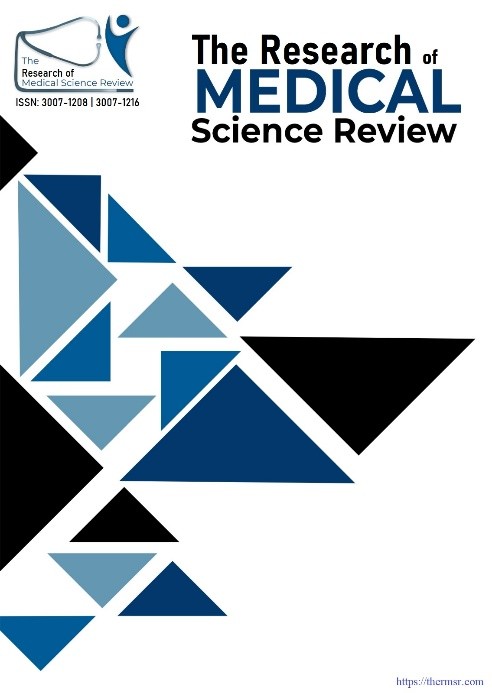COMPARATIVE EFFICACY OF INTRAVENOUS INDOMETHACIN (LIOMETACEN) AND NALBUPHINE (NALBIN) AS RESCUE ANALGESIA IN SEVERE INTRACTABLE RENAL COLIC: A 13-MONTH PROSPECTIVE STUDY
Main Article Content
Abstract
Background: Severe renal colic that fails to respond to standard intravenous (IV) analgesics often prompts urgent ureteric stenting. A reliable pharmacological rescue could prevent this invasive intervention.
Objective: To compare the effectiveness of IV indomethacin (Liometacen) and IV nalbuphine (Nalbin) in managing refractory renal colic and their ability to avoid emergency stenting.
Methods: Over 13 months (January 2022–January 2023), 168 patients with severe renal colic unrelieved by diclofenac, ketorolac, or tramadol were treated with either Liometacen (n=84) or Nalbin (n=84). Pain scores were measured using the Visual Analog Scale (VAS) before and 30 minutes after administration. The need for further analgesia and emergency stenting was recorded.
Results: Mean pain reduction was 6.8 (95% CI: 6.54–7.06) for Liometacen and 6.7 (95% CI: 6.43–6.97) for Nalbin (p=0.74). Rescue analgesia was required in 5% and 6% of cases respectively. No patient in either group required urgent ureteric stenting.
Conclusion: Liometacen and Nalbin are equally effective as final-line rescue analgesics, eliminating the need for emergency stenting in refractory renal colic.
Downloads
Article Details
Section

This work is licensed under a Creative Commons Attribution-NonCommercial-NoDerivatives 4.0 International License.
